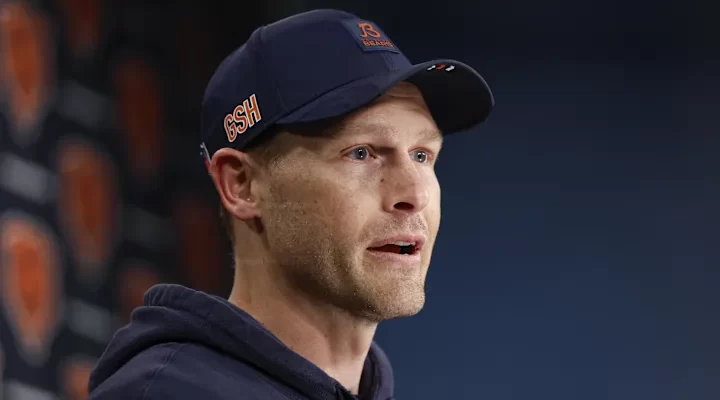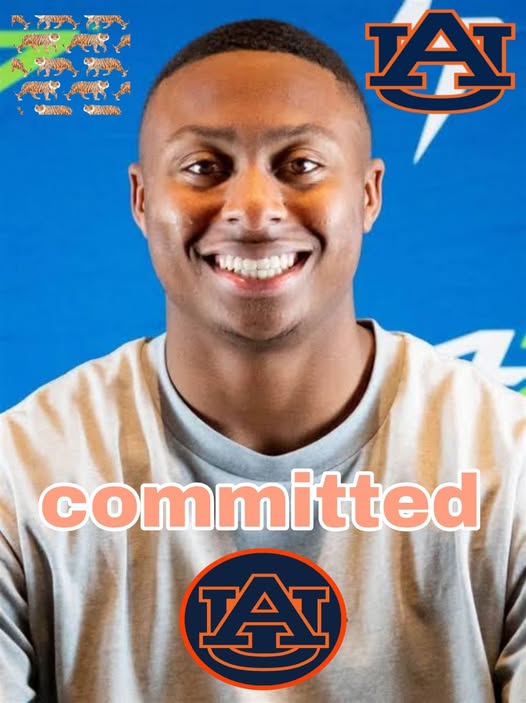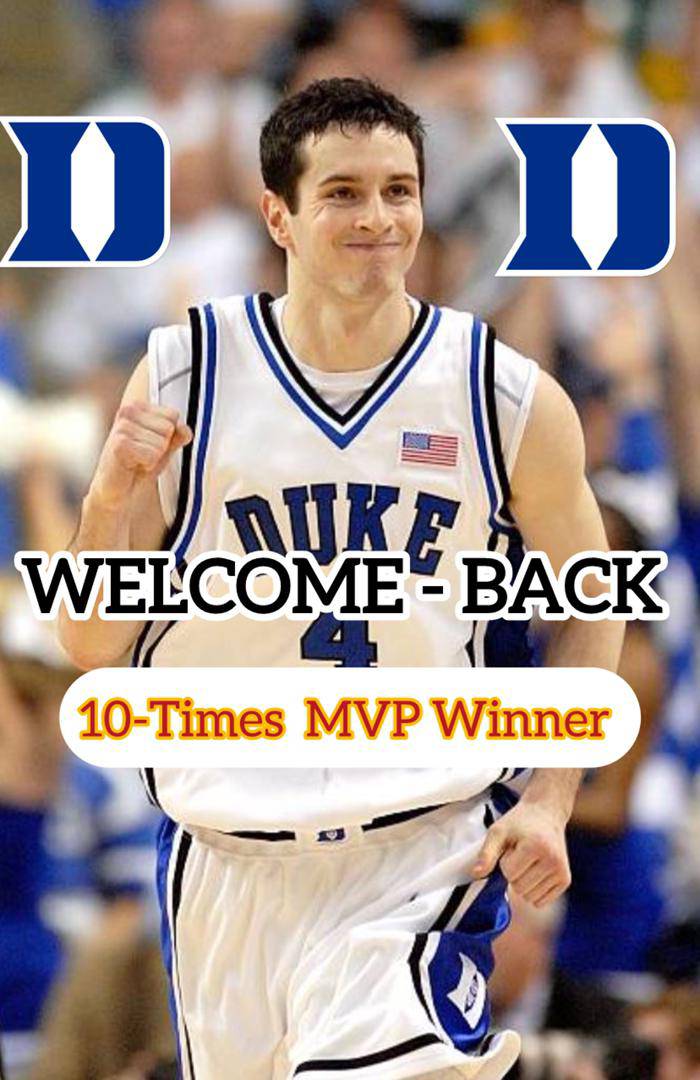Ben Johnson Rising: Where Bears’ Young Head Coach Stacks Up Among NFL Leaders in 2025
Ben Johnson’s ascent to NFL head coach has been one of the most closely watched narratives entering the 2025 season, and rightfully so. At just 38 years old, he’s one of the youngest leaders in the league, taking the reins of the Chicago Bears at a time when the franchise is eager to re-establish itself as a contender. Johnson’s first year was a study in identity-building, balancing innovation with physicality, and while the Bears didn’t quite break through in 2024, there’s consensus among analysts and insiders: he delivered more than expected, gained respect quickly, and left little doubt that Chicago’s future is in capable hands.
When evaluating where Johnson ranks among his peers, it helps to understand the broader context of NFL coaching today. The league is shifting toward younger, offensively minded coaches—folks who grew up in the pass-heavy era, embrace analytics, and emphasize pace and creativity. Think Sean McVay, Mike McCarthy, Kevin Stefanski, and Kliff Kingsbury. Johnson aligns with that group on paper, but he brings a distinctly grounded approach that blends modernity with blue-collar toughness—a perfect fit for the Bears, where physical play and Midwest grit define culture.
Johnson’s offensive pedigree was a major selling point when Chicago hired him. He comes from the Detroit Lions organization where, as offensive coordinator, he oversaw one of the most explosive units in recent NFL history. The 2023 Lions obliterated records, not just with wide variety of wrinkles but with efficient, high-pace execution. Johnson’s mind for scheming—favoring mismatches, creative tempo, and stretch-zone concepts—instantly infused hope into a Chicago fanbase starved for excitement. In his first season at the helm, the Bears saw their yard-per-play average drop from 4.9 to 5.5, moving them from bottom ten to near the top half of the league—a tangible jump that signaled a shift in identity.
But head coaches aren’t judged on offense alone, and Johnson’s first year showed he was ready to handle all facets of the job. Chicago’s defense, long a sore spot, improved under a revamped coordinator and stricter in-game discipline. While the unit is still a work in progress, the team committed fewer pre-snap penalties and dropped their third-down conversion rate from 44% to 39%—not a dramatic shift, but one that shows Johnson values situational execution and detail. Those aren’t results that can be chalked up solely to defensive coaching—they reflect a cultural change Johnson is spearheading: discipline, accountability, and attention.
The other area where Johnson made his mark early is culture and leadership. He didn’t just come in and draw up plays; he took ownership of the locker room. He brought in respected veteran coaches, hired assistants who knew how to connect with today’s players, and rewrote the way meetings and practice are run. Players rave about his authenticity. He’s transparent, approachable, and unafraid to tell the truth—qualities that have earned trust and respect. In a sport where egos and drama often interfere, Johnson’s clarity and directness have cut through noise and brought a sense of unity to a team that desperately needed it.
When the league turned its eye to head coach performance in early 2025, vultinder analytics, coaching peer reviews, and media rankings placed Johnson firmly in the upper-middle tier — around the 10th to 12th best head coach in a 32-coach field. That ranking reflects both respect for his early success and recognition that he’s still unproven—Chicago didn’t make the playoffs last year, and rebuilds rarely happen overnight. Still, where many rookie coaches are still fumbling or failing to learn, Johnson demonstrated quick study, adaptability, and a forward-thinking mindset.
For comparison, he’s right behind names like Zac Taylor (Bengals) and Dan Campbell (Panthers)—coaches who found playoff relevance early in their tenure—and a step ahead of more established but stagnating coaches like Mike Vrabel and John Harbaugh (though Harbaugh’s return to Baltimore in 2025 has sparked fresh optimism). What sets Johnson apart is his potential, not just his performance thus far. At 38, he’s younger than names like Sean Payton or Vic Fangio, and that gives him a runway few others have. The trajectory matters nearly as much as the result.
Where Johnson elevates himself is in adaptability. He wasn’t afraid to pivot midseason, blending his offensive principles with more run-heavy looks when the offensive line needed rest, or leaning on play-action when coverage tightened. He showed creativity in-game with tempo calls and fourth-down aggression, and he trusted young coordinators to fill gaps rather than cling to old-school reliance. His press conferences reflect a coach who thinks ahead, values input, and understands that modern NFL success requires micro-adjustment and buy-in at every level.
If Johnson’s Bears can win a few more key games in 2025—locking in a wildcard spot or better—expect his ranking to move into the top eight. But the question isn’t just wins; it’s sustainability. Can he keep the team moving forward? Can he nurture quarterback development? Can he continue to flesh out culture? If the answer is yes, those who already see him as the next wave of successful young coaches will feel vindicated.
Nationally, Johnson’s impact has been softened by conservative expectations and a cautious rebuild timeline. Unlike some rookie coaches who are handed veteran rosters, he was given a detailed rebuild job—a less forgiving scenario. That context, however, explains why his early performance resonates: he’s delivering progress without shortcuts. When the dust settles on this year, the evaluation won’t just be stats—it will be charts trained on roster changes, player development, and sustained competitiveness.
Internally, Johnson’s staff respect him deeply. Veteran assistants who interviewed with other teams stayed in Chicago because they believe in the vision he’s architecting. Players regularly mention how he’s present in meetings, engages in detail, and stands shoulder-to-shoulder during challenging stretches. In a profession where many fit the “head coach for a job” mold, Johnson doesn’t give off that impression—he’s building a vision and insists everyone around him shares it.
It’s early. The NFL is full of coaches who peaked fast and burned quickly. But if Johnson stays true to his core—balancing offensive creativity with cultural building, adaptability with discipline—his trajectory looks promising. He already stacks well against coaches of similar tenure. He’s ahead of most rebuild-era rookies. His ceiling likely places him in top-five territory if he continues this surge—especially if the Bears show steady improvement in wins, playoff contention, and player development in ’25 and beyond.
So where does Johnson rank today? Right now, he’s comfortably inside the top half of NFL head coaches—around 10th. That’s a strong position for Year One. It signals recognition from the league while acknowledging room to rise. But what makes him truly stand out is future upside. With youth, acumen, a fast-learning mind, and a functional plan, Johnson is on pace to challenge the game’s best. And if 2025 brings continued growth, the Bear’s bench boss could quickly become one of its true stars—someone who reshapes his team, inspires a city, and redefines who the modern NFL head coach can be.



